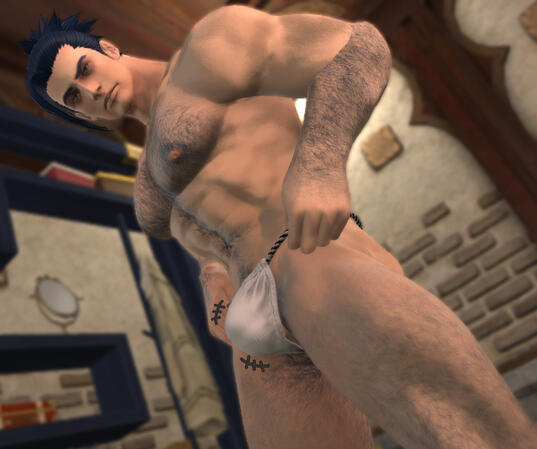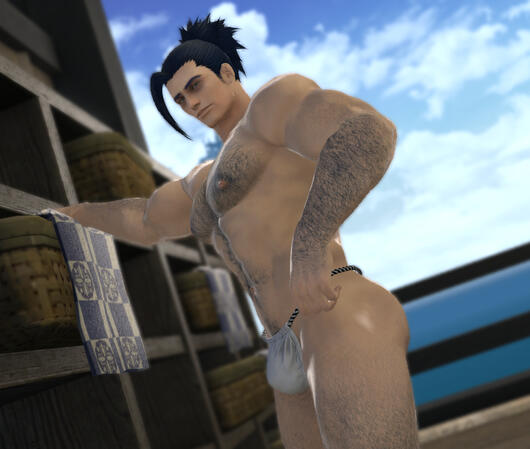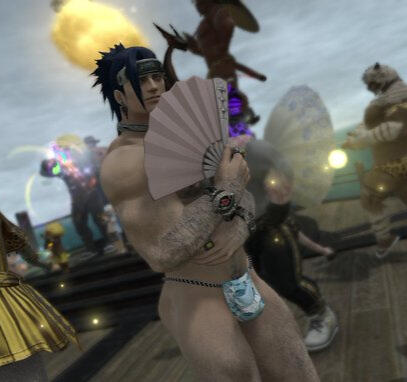
Raidou Kuroyuki
The Black Snow Assassin
The Half Yokai Highlander of Doma
Collabs (NSFW): Open and Looking | Contact Via Twitter to plan any meetups
NOTE: I am on console, so message me please to find out how these pictures were done
History of Yokai
Yōkai (妖怪, "strange apparition") are a class of supernatural entities and spirits in Japanese folklore. The word yōkai is a loanword from the Chinese term yaoguai and is composed of the kanji for "demon; fairy; sprite" and "suspicious; apparition; monster; ghost; spectre"
Yōkai are also referred to as
ayakashi (あやかし), mononoke (物の怪) or mamono (魔物). Despite often being translated as such, yōkai are not literally demons in the Western sense of the word, but are instead spirits and entities. Their behavior can range from malevolent or mischievous to benevolent to humans.Yōkai often have animal features (such as the kappa, depicted as appearing similar to a turtle, and the tengu, commonly depicted with wings), but may also appear humanoid in appearance, such as the kuchisake-onna. Some yōkai resemble inanimate objects (such as the tsukumogami), while others have no discernible shape. Yōkai are typically described as having spiritual or supernatural abilities, with shapeshifting being the most common trait associated with them. Yōkai that shapeshift are known as bakemono (化け物) or obake (お化け).Japanese folklorists and historians explain yōkai as personifications of "supernatural or unaccountable phenomena to their informants." In the Edo period, many artists, such as Toriyama Sekien, invented new yōkai by taking inspiration from folk tales or purely from their own imagination. Today, several such yōkai (such as the amikiri) are mistakenly thought to originate in more traditional folklore.













